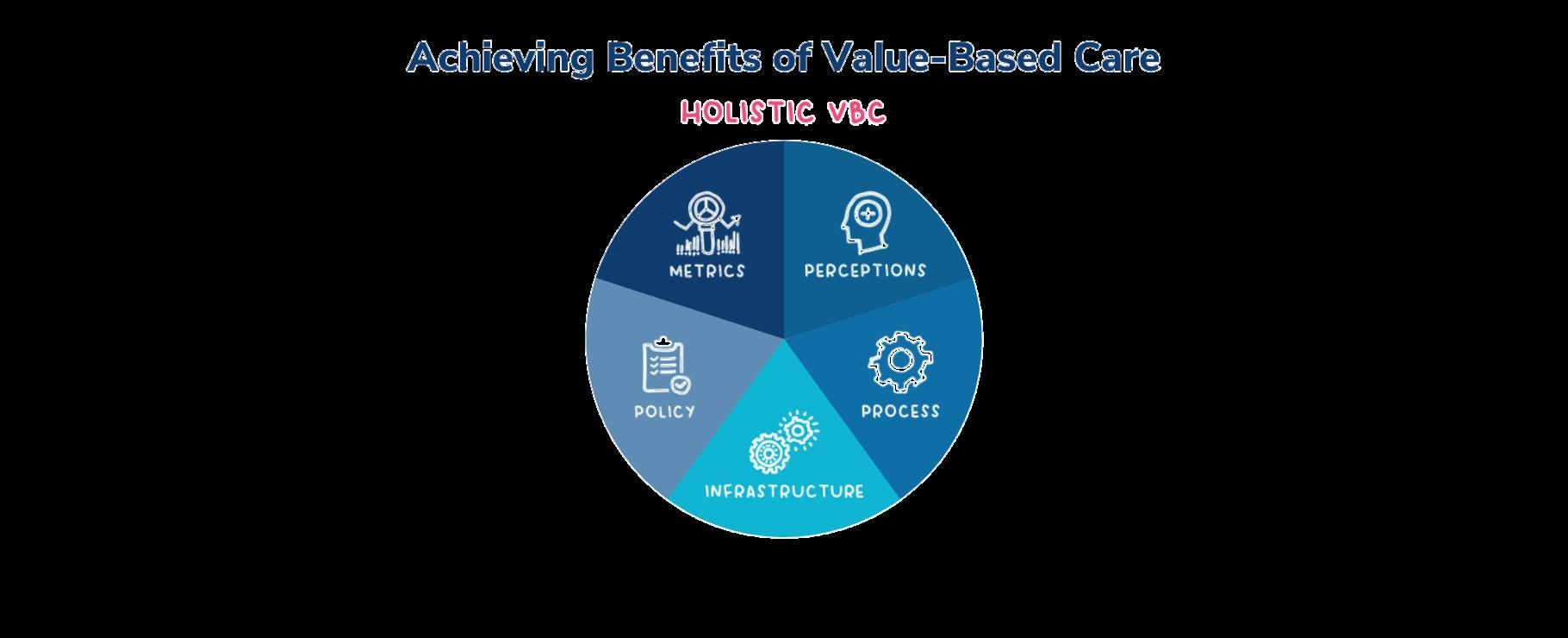
1 minute read
The Connectivity Between Value-Based Healthcare and Patient Advocacy
There are several key components to VBHC:
Outcome Measurement: A defining feature of VBHC is the measurement of patient outcomes. Healthcare providers are accountable for improving specific outcomes, such as survival rates, functional status, quality of life, and patient satisfaction. These outcomes must be clearly defined, measured, and tracked over time to assess the effectiveness of care.

Care Coordination: VBHC focuses on delivering coordinated care that addresses patients' needs across the entire continuum of care. This involves collaboration among various healthcare providers, ensuring patients receive the right care at the right time, avoiding fragmented and redundant services, and reducing inefficiencies.

Patient-Centered Care: Patient advocacy plays a key role in ensuring that care is tailored to the individual patient's needs, preferences, and values. VBHC seeks to empower patients to be active participants in their care, providing them with the tools, information, and support they need to make informed decisions about their health.
Cost Efficiency: VBHC aims to reduce unnecessary spending and inefficiencies by focusing on outcomes and care coordination. This is achieved by eliminating waste, such as unnecessary tests, hospital readmissions, or prolonged stays, which do not contribute to improved patient health.










